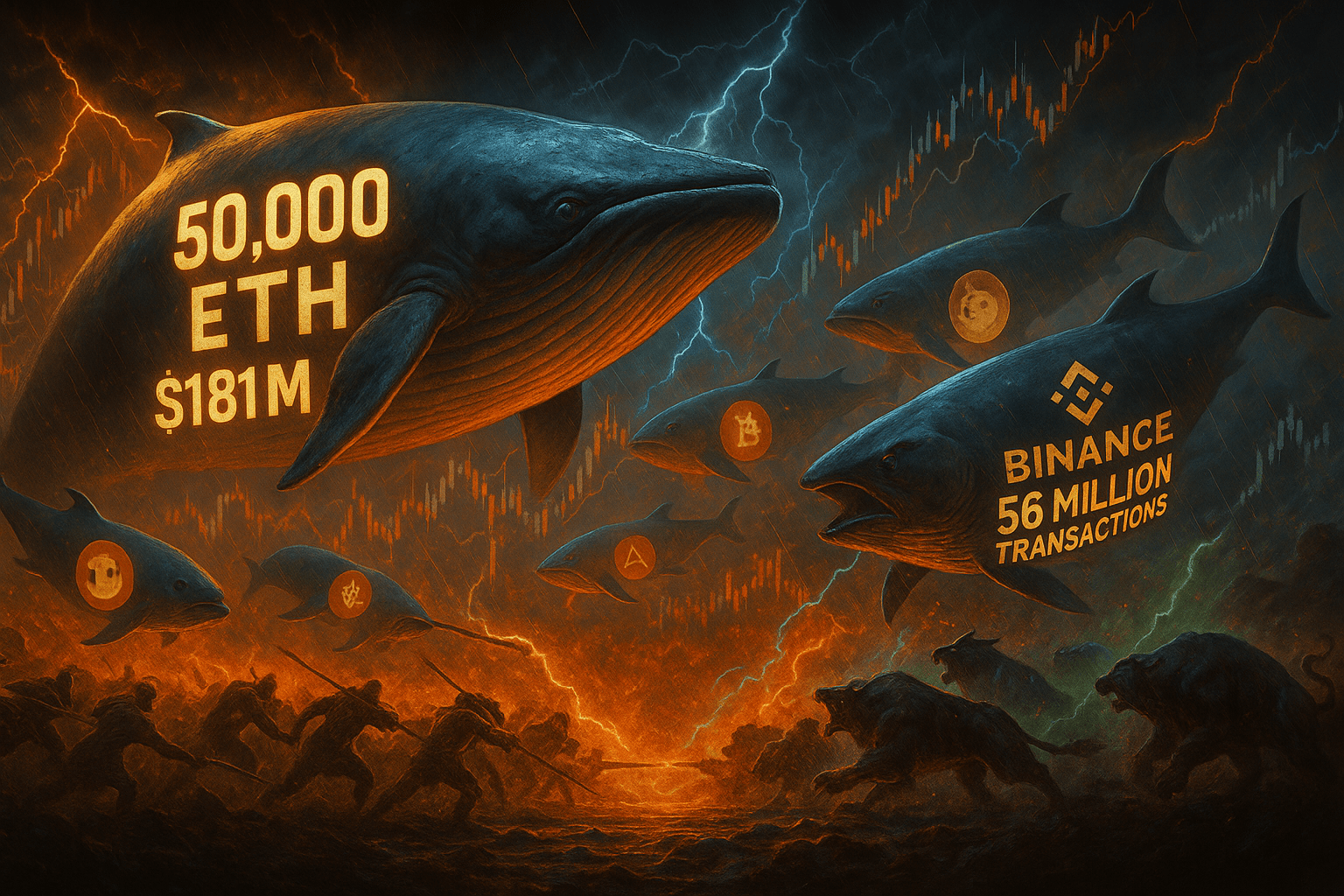
In the past 24 hours, the cryptocurrency market has welcomed a new round of whale speculation. The highly anticipated 'ETH short army commander' has re-emerged, quickly reopening a short position of 50,000 ETH worth $181 million, with a liquidation price set at $3,764, only about 4.5% from the current price. Meanwhile, Dogecoin whales have made a counterintuitive massive purchase of $200 million, leading to an unprecedented intensity in the confrontation between long and short positions.
The logic behind ETH whales reopening such high-risk short positions has sparked speculation. From a technical analysis perspective, Ethereum faces strong resistance near $3,600, a position that converges with several key moving averages and historical resistance levels. Whales may believe that a breakthrough is very difficult and thus bet on a price decline. However, such operations leave only a very narrow safety margin, and any slight market movement could trigger liquidation.
When Dogecoin whales make large-scale purchases at the same point in time, it reflects a completely opposite market sentiment. As a typical sentiment-driven cryptocurrency, a massive influx of whale funds may indicate an optimistic expectation of improved overall market sentiment, or it could be a speculative capital rotation strategy in pursuit of higher returns.
In addition, over the past 24 hours, there have been more than 56 million whale transactions on the Binance platform, indicating an unusual increase in market activity. Such dense large transactions suggest that the divergence between long and short positions is intensifying, and trading depth and liquidity are significantly improving.
Although whale speculation enhances the price discovery efficiency of the market, it also amplifies systemic risk. Ordinary investors need to closely monitor market liquidity conditions, adopt cautious diversified investment strategies, avoid over-reliance on single assets, and guard against the volatility risks brought by whale activities.
Currently, volatility has finally stabilized.

